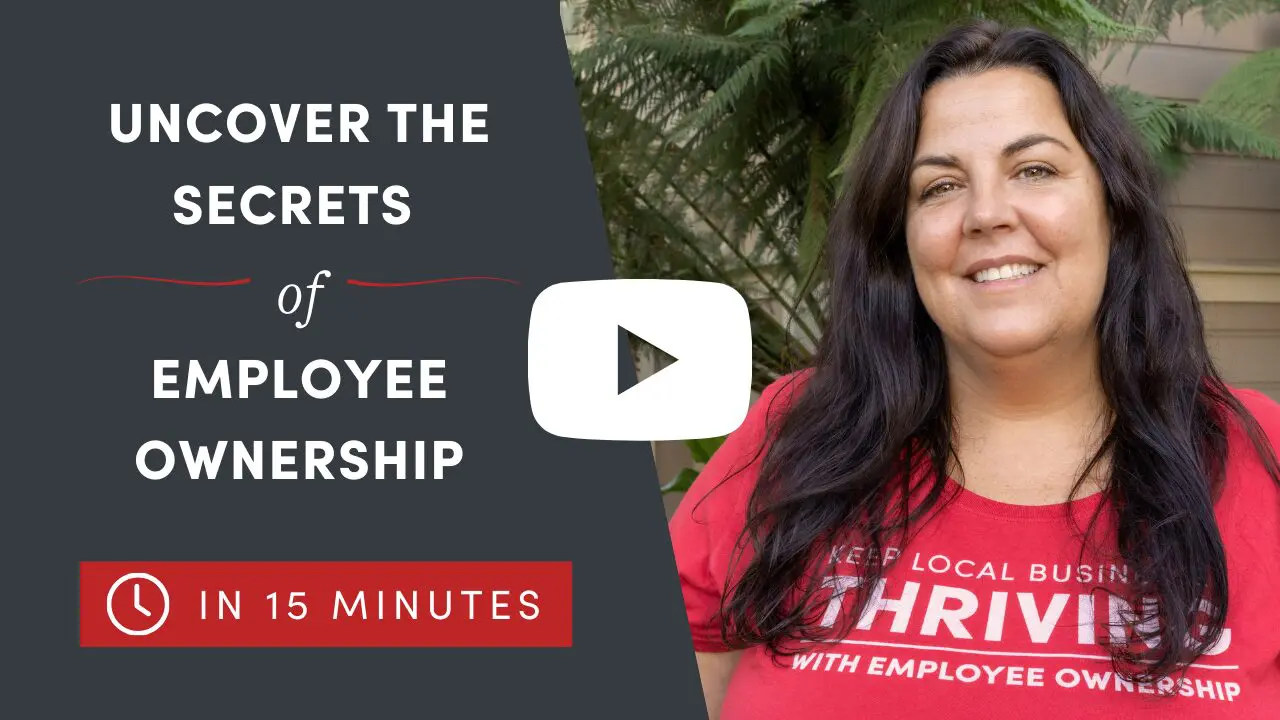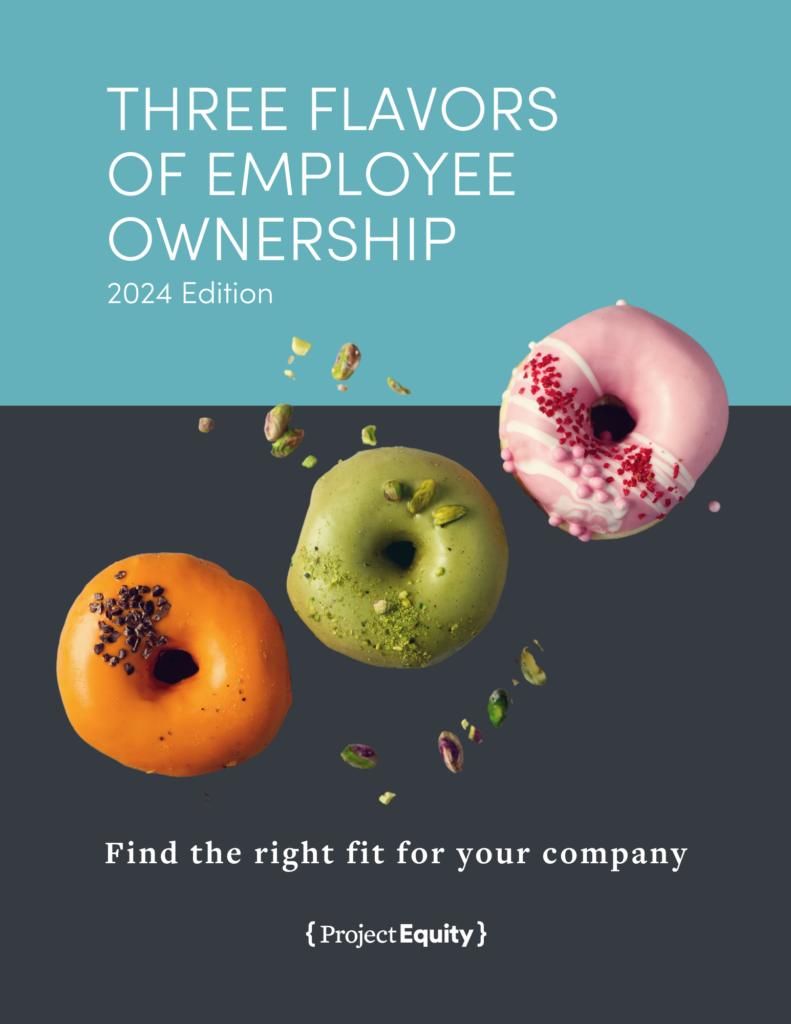Employee Stock Ownership Plans (ESOPs) are the most common type of employee ownership. ESOPs, like 401(k)s, are qualified retirement plans. However, they are used to transfer all or part of the company’s shares to a trust administered on behalf of the employees.
ESOPs are a tax-advantaged structure that makes them a fit for companies over a certain threshold size. ESOP ownership can be anywhere from a small percent of the company stock up to 100%. If the ESOP owns at least 30% of the business at the close of a sale transaction, the seller may be able to reinvest the proceeds in a qualified replacement property and defer any capital gain on the sale, based on guidance from your tax advisor. Typically, the ESOP’s percentage ownership of the business is not subject to federal and state income tax. The stock held in the ESOP must be valued independently on an annual basis.



